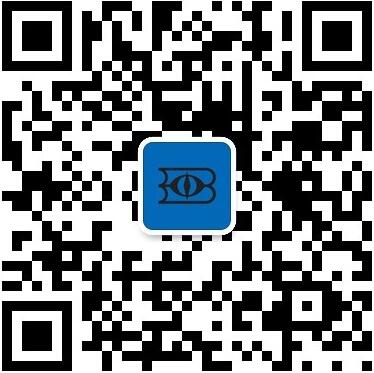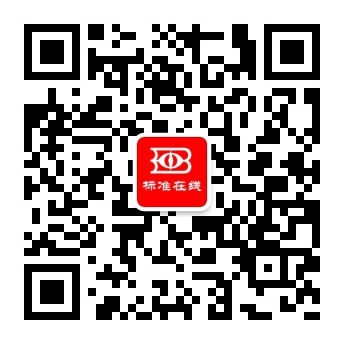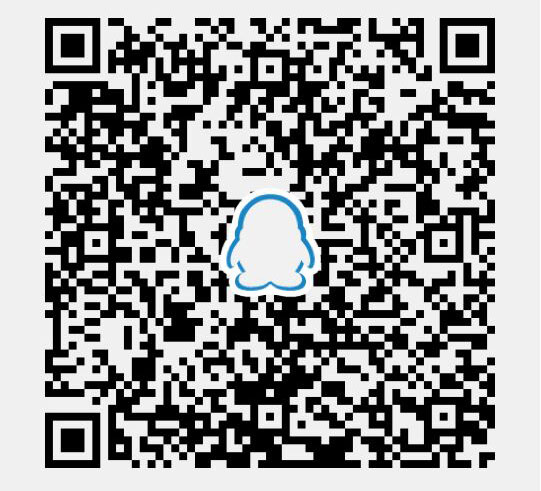【国外标准】 Standard Test Methods for Radiation Thermometers (Single Waveband Type)
本网站 发布时间:
2024-02-28
开通会员免费在线看70000余条国内标准,赠送文本下载次数,单本最低仅合13.3元!还可享标准出版进度查询、定制跟踪推送、标准查新等超多特权!
查看详情>>
适用范围:
4.1 The purpose of these test methods is to establish consensus test methods by which both manufacturers and end users may perform tests to establish the validity of the readings of their radiation thermometers. The test results can also serve as standard performance criteria for instrument evaluation or selection, or both.4.2 The goal is to provide test methods that are reliable and can be performed by a sufficiently skilled end user or manufacturer. It is hoped that it will result in a better understanding of the operation of radiation thermometers and also promote improved communication between the manufacturers and the end users. A user without sufficient knowledge and experience should seek assistance from the equipment makers or other expert sources, such as those found at the National Institute of Standards and Technology in Gaithersburg, Maryland.4.3 These test methods should be used with the awareness that there are other parameters, particularly spectral range limits and temperature resolution, which impact the use and characterization of radiation thermometers and for which test methods have not yet been developed.4.3.1 Temperature resolution is the minimum simulated or actual change in target temperature that results in a usable change in output or indication, or both. It is usually expressed as a temperature differential or a percent of full-scale value, or both, and usually applies to value measured. The magnitude of the temperature resolution depends upon a combination of four factors: detector noise equivalent temperature difference (NETD), electronic signal processing, signal-to-noise characteristics (including amplification noise), and analog-to-digital conversion “granularity.”4.3.2 Spectral range limits are the upper and lower limits to the wavelength band of radiant energy to which the instrument responds. These limits are generally expressed in micrometers (μm) and include the effects of all elements in the measuring optical path. At the spectral response limits, the transmission of the measuring optics is 5 % of peak transmission. (See Fig. 1.)FIG. 1 Spectral Range Limits1.1 The test methods described in these test methods can be utilized to evaluate the following six basic operational parameters of a radiation thermometer (single waveband type): SectionCalibration Accuracy 8Repeatability 9Field-of-View 10Response Time 11Warm-Up Time 12Long-Term Stability 13 1.2 The term single waveband refers to radiation thermometers that operate in a single band of spectral radiation. This term is used to differentiate single waveband radiation thermometers from those termed as ratio radiation thermometers, two channel radiation thermometers, two color radiation thermometers, multiwavelength radiation thermometers, multichannel radiation thermometers, or multicolor radiation thermometers. The term single waveband does not preclude wideband radiation thermometers such as those operating in the 8–14 μm band.1.3 This standard does not purport to address all of the safety concerns, if any, associated with its use. It is the responsibility of the user of this standard to establish appropriate safety, health, and environmental practices and determine the applicability of regulatory limitations prior to use.1.4 This international standard was developed in accordance with internationally recognized principles on standardization established in the Decision on Principles for the Development of International Standards, Guides and Recommendations issued by the World Trade Organization Technical Barriers to Trade (TBT) Committee.
标准号:
ASTM E1256-17(2022)
标准名称:
Standard Test Methods for Radiation Thermometers (Single Waveband Type)
英文名称:
Standard Test Methods for Radiation Thermometers (Single Waveband Type)标准状态:
Active-
发布日期:
-
实施日期:
出版语种:
- 推荐标准
- ASTM F3258-23 Standard Specification for Protectors for Rubber Insulating Gloves Meeting Specific Performance Requirements
- ASTM F3259-17 Standard Guide for Micro-computed Tomography of Tissue Engineered Scaffolds
- ASTM F3260-18 Standard Test Method for Determining the Flexural Stiffness of Medical Textiles
- ASTM F3262-17 Standard Classification System for Small Unmanned Aircraft Systems (sUASs) for Land Search and Rescue
- ASTM F3265-17(2023) Standard Test Method for Grid-Video Obstacle Measurement
- ASTM F3268-18a Standard Guide for in vitro Degradation Testing of Absorbable Metals
- ASTM F3270/F3270M-17 Standard Practice for Compression versus Load Properties of Gasket Materials
- ASTM F3273-17(2021)e1 Standard Specification for Wrought Molybdenum-47.5 Rhenium Alloy for Surgical Implants (UNS R03700)
- ASTM F3275-22 Standard Guide for Using a Force Tester to Evaluate Performance of a Brush Part Designed to Clean the Internal Channel of a Medical Device
- ASTM F3276-22 Standard Guide for Using a Force Tester to Evaluate the Performance of a Brush Part Designed to Clean the External Surface of a Medical Device
- ASTM F3277-19 Standard Specification for Cantilevered Steel Bunks Used in Detention and Correctional Facilities
- ASTM F3283/F3283M-18 Standard Specification for the Manufacturing of High-Voltage Proximity Alarm to be used for the Detection of Overhead High Voltage Alternating Current (AC)
- ASTM F3288/F3288M-20 Standard Specification for MRS-Rated Metric- and Inch-sized Crosslinked Polyethylene (PEX) Pressure Pipe
- ASTM F3292-19 Standard Practice for Inspection of Spinal Implants Undergoing Testing
- ASTM F3293-18 Standard Guide for Application of Test Soils for the Validation of Cleaning Methods for Reusable Medical Devices
 购物车
购物车 400-168-0010
400-168-0010













